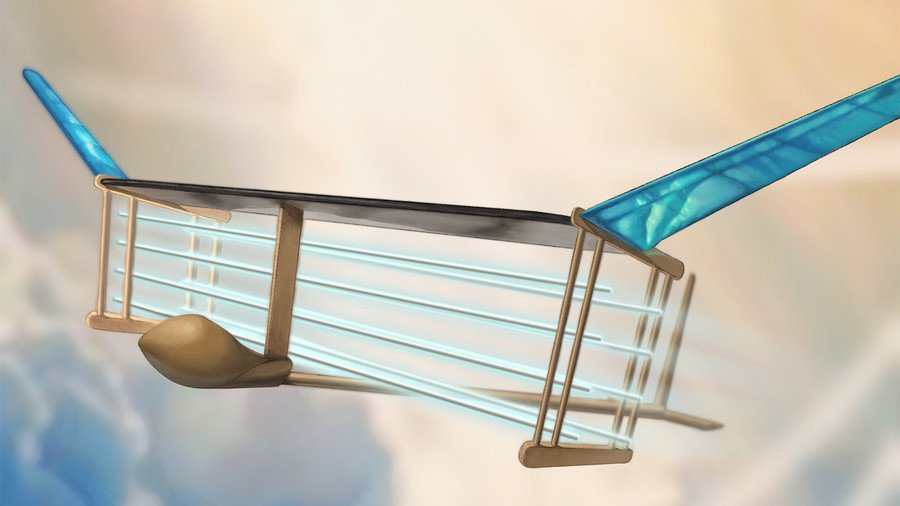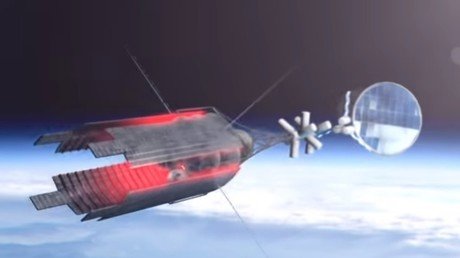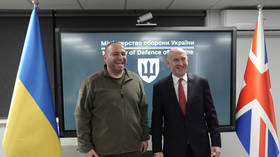This Star Trek-inspired ionic plane can SILENTLY glide through the sky

Using no moving parts and gliding silently through the air, a new plane prototype might spell a revolutionary clean and quiet future for aviation.
Since the Wright brothers took flight over a century ago, every aircraft has relied on propellers or turbines powered by noisy combustion engines. Now, boffins at Massachusetts Institute of Technology have test-flown the first ever plane with no moving parts at all.
What might look like a Star Wars aircraft-lookalike uses ‘ionic wind’ to propel itself through the air. Put as simply as possible, wires beneath the front of the aircraft’s wings produce a cloud of positively-charged ionized air molecules, that are attracted to negatively-charged wires at the back of the airplane. As the air passes to these wires, the ions collide with other air molecules, creating enough thrust to drive the plane forward.
Silent plane with no moving parts makes "historic" flight https://t.co/j2Qb9YTy3ypic.twitter.com/d2WO9cP2W2
— AFP news agency (@AFP) November 21, 2018
If it all seems a little sci-fi, that’s because it is. Researcher Steven Barrett said that the idea came to him from watching ‘Star Trek’ as a child.
“This made me think, in the long-term future, planes shouldn’t have propellers and turbines,” Barrett told MIT News. “They should be more like the shuttles in ‘Star Trek’, that have just a blue glow and silently glide.”
Ionic technologies have long been a staple of sci-fi movies. In the Star Wars universe, the imperial TIE fighter – which bears some similarity to the MIT airplane – is so named for its Twin Ion Engine propulsion system.
While Barrett’s plane may look like it has brought the technology of a galaxy far, far away to Massachusetts, it has its limitations. The MIT team’s plane weighs only five pounds, and still depends on a stack of lithium-polymer batteries to provide the 40,000 volts necessary for flight. Moving forward, the team’s next challenge is to improve their design’s efficiency, producing more ionic wind with less voltage.
“It took a long time to get here,” he said. “Going from the basic principle to something that actually flies was a long journey of characterizing the physics, then coming up with the design and making it work. Now the possibilities for this kind of propulsion system are viable.”
Barret envisions his technology being used to power quieter drones in the near future, and being paired with conventional propulsion systems to create more fuel-efficient hybrid passenger planes beyond that.
Barrett and his team may have flown the first ion-powered plane, but work on the technology has been ongoing for years. NASA has been working on ion engines since the 1950s, and uses the engines to power satellites and probes, as the engines’ low power output can easily propel these craft through the zero-gravity environment of deep space.
Think your friends would be interested? Share this story!















